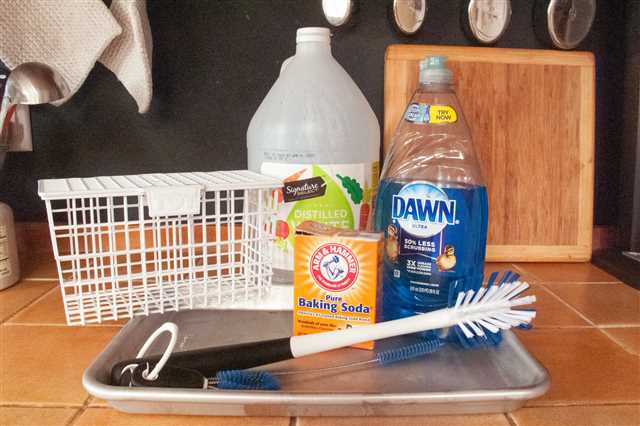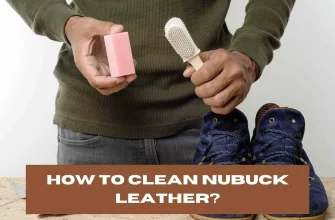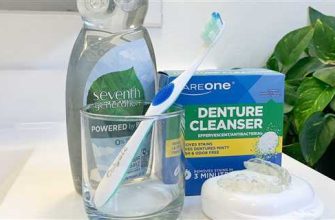
Flasks are a common item we use for drinking water or other beverages on a daily basis. Over time, these flasks can accumulate stains, odors, and bacteria, making them less pleasant to use. That’s where effective cleaning methods come in handy. If you’re tired of scrubbing your flask without much success, here’s a guide to help you achieve sparkling results using bicarbonate of soda, rice, and vinegar.
Bicarbonate of soda, also known as baking soda, is a humble ingredient that can aid in cleaning and disinfecting flasks. Rather than using harsh chemical cleaners, sprinkle a few tablespoons of bicarb into your flask, fill it halfway with warm water, and let it soak for an hour. The bicarb will work its magic by breaking down stains and loosening any grime or mold. After soaking, rinse the flask thoroughly with water, and it will be ready for use.
Rice is another surprising solution for cleaning flasks. Adding a handful of uncooked rice to warm water and a squeeze of lemon juice or vinegar can effectively remove stubborn stains and odors. Gently shake the flask for several minutes, allowing the rice to scrub away any dirt or residue. Then, rinse the flask thoroughly with water, and it will be as good as new.
Vinegar is a versatile liquid that has many purposes, one of which is cleaning flasks. Simply fill your flask halfway with vinegar and let it sit overnight. The acidity of the vinegar will break down any stains or bacteria, leaving your flask fresh and clean. Afterward, rinse the flask thoroughly with water to remove any vinegar taste. Remember not to overfill the flask, as the liquid may expand and cause leakage. For the best results, repeat this process weekly or whenever your flask needs cleaning.
In conclusion, cleaning your flask doesn’t have to be a daunting task. By using simple ingredients like bicarbonate of soda, rice, and vinegar, you can easily remove stains, odors, and bacteria. Whether you prefer the bubbling power of bicarb, the scrubbing action of rice, or the disinfecting properties of vinegar, there’s a cleaning method that will suit your needs. So why not give your flask the cleaning it deserves and enjoy your drinks in a spotless and fresh container?
- Effective Flask Cleaning Methods
- Soap and Water
- Bicarbonate of Soda
- Vinegar
- Rice
- Dishwasher-safe flasks
- Bicarb for Easy and Safe Cleaning
- Rice for Efficient and Natural Cleaning
- 1. Cleaning Glass Bottles
- 2. Removing Odors
- 3. Cleaning Small Appliances
- 4. Getting into Tight Spaces
- Vinegar for Powerful and Odor-Free Cleaning
- What You’ll Need:
- Steps to Clean your Flasks:
- FAQs about Cleaning Flasks with Vinegar:
- LifeStraw Squeeze Bottle Review
- Video:
- Super Glue and Baking soda ! Pour Glue on Baking soda and Amaze With Results
Effective Flask Cleaning Methods
When it comes to keeping your flasks clean and fresh, there are several effective methods you can try. Whether you use your flask for hot or cold drinks, it’s important to regularly clean it to remove any unpleasant odors or residue.
Soap and Water
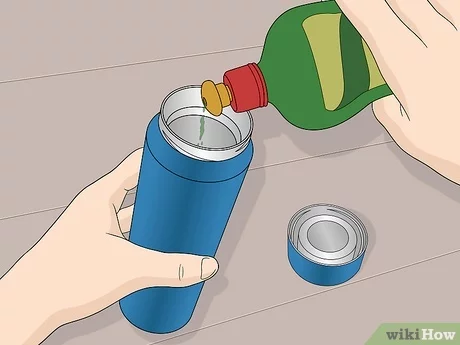
One of the simplest and most effective ways to clean your flask is with soap and water. Fill your flask with warm water and add a few drops of dish soap. Use a sponge or brush to scrub the inside of the flask, paying extra attention to any hard-to-reach spots. Rinse thoroughly with clean water before air-drying.
Bicarbonate of Soda
Bicarbonate of soda, also known as baking soda, is a versatile cleaning agent that can help remove stubborn stains and odors from your flask. Simply mix a tablespoon of bicarbonate of soda with some warm water to create a paste. Use a sponge or brush to apply the paste to the inside of the flask, scrubbing gently. Rinse thoroughly with clean water before air-drying.
Vinegar
Vinegar is another powerful cleaning agent that can help remove mineral deposits and sanitize your flask. Fill your flask halfway with vinegar and the rest with water. Let it sit for a couple of hours, then scrub the inside with a brush or sponge. Rinse thoroughly with clean water before air-drying.
Rice
If your flask has developed a slimy residue or mold, using rice can help remove it. Fill your flask with warm water and add a couple of tablespoons of uncooked rice. Shake the flask vigorously, allowing the rice to scrub the inside. Rinse thoroughly with clean water before air-drying.
Dishwasher-safe flasks
For dishwasher-safe flasks, you can simply place them in the dishwasher and run a normal cycle. Make sure to remove any excess liquids or debris before placing them in the dishwasher.
In order to keep your flask clean and functional, it’s important to follow these cleaning methods regularly. Whether you prefer soap and water, bicarbonate of soda, vinegar, or rice, each method has its own benefits and can help keep your flask in top condition.
Bicarb for Easy and Safe Cleaning
If you are looking for an effective and safe way to clean your items, bicarb is highly recommended. Bicarbonate of soda, also known as baking soda, is a versatile and eco-friendly cleaning agent that can leave your items looking tip-top.
When it comes to cleaning items like straws or bottles, bicarb is a great choice. It is both biodegradable and safe to use on a variety of materials. Whether you have a glass or a plastic straw, bicarb will work wonders in removing any stains or odors.
To clean your items with bicarb, simply mix a tablespoon of bicarb with warm water and use a soft-bristled brush to scrub away any dirt or grime. For more stubborn stains, you can create a paste by adding a few drops of water to the bicarb and applying it directly to the stained area. Leave it to sit for a few minutes before scrubbing it away.
Bicarb is not only great for cleaning straws, but it can also be used to clean your water bottles. Whether you have a stainless steel, plastic, or glass bottle, bicarb will help remove any odors or stains. Simply fill your bottle with warm water and add a tablespoon of bicarb. Shake it well and let it sit for a few hours or overnight. Rinse it thoroughly and your bottle will be clean and fresh again.
For those who enjoy outdoor adventures, bicarb is a handy cleaning agent to have. If you have a Lifestraw or any other water purification device, bicarb can effectively remove any dirt or impurities that may build up over time. Simply mix a tablespoon of bicarb with warm water and soak your device for a few hours. Rinse it well and it will be ready for your next adventure.
If you are cleaning a dishwasher, bicarb can be used to remove any built-up grease or odors. Simply sprinkle a tablespoon of bicarb on the bottom of the dishwasher and run it through a cycle. This will help freshen up your dishwasher and keep it smelling clean.
It’s worth noting that bicarb is a mild abrasive, so it’s best to avoid using it on delicate or polished surfaces. If you want to clean a glass item, like a thermos or a wine glass, bicarb can be used. However, be cautious not to use it on coated or black glass surfaces, as it may dull the finish.
So, if you’re looking for a versatile and safe cleaning agent, bicarb is your best bet. It’s effective, eco-friendly, and can be used for a wide range of purposes. Whether you’re cleaning straws, bottles, or even technical devices, bicarb is likely to get the job done.
Rice for Efficient and Natural Cleaning
Cleaning with rice might sound like a strange technique, but it can actually be a very effective and natural way to clean various household items. The small, grainy texture of rice makes it a great tool for scrubbing and removing stubborn stains or dirt.
One of the main benefits of using rice for cleaning is that it is a natural and biodegradable alternative to harsh chemical cleaners. It is also a cost-effective solution, as rice is a common item found in most kitchens.
Here are some practical ways to use rice for cleaning:
1. Cleaning Glass Bottles
If you have a glass bottle that has become dirty or stained, rice can help to clean it effectively. Simply half-fill the bottle with warm water and add a couple of tablespoons of uncooked rice. Add a few drops of dish soap for extra cleaning power. Close the bottle and shake it vigorously for a few minutes. The rice will scrub the inside of the bottle, removing any dirt or stains. Rinse thoroughly with water to remove any remaining rice grains.
2. Removing Odors
Rice can also be used to remove unpleasant odors from various items. If you have a thermos or a bottle that has developed a musty smell, rice can help. Fill the container halfway with warm water and add a tablespoon of bicarbonate of soda. Then, add a handful of uncooked rice and close the container. Shake it vigorously for a few minutes, allowing the rice to absorb the odors. Rinse the container thoroughly with water and let it air-dry.
3. Cleaning Small Appliances
Rice can be used to clean the inside surfaces of small appliances like coffee grinders, spice grinders, or blender jugs. Simply fill the appliance with a mixture of warm water and vinegar (half and half) and add a tablespoon of uncooked rice. Turn on the appliance and let it run for a few minutes. The rice will scrub away any residue or stains. Rinse with water to remove any rice grains.
4. Getting into Tight Spaces
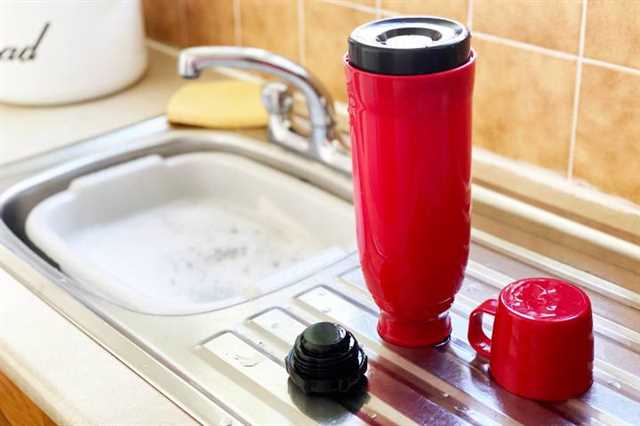
When cleaning objects with small nooks and crannies, rice can be a helpful tool. For example, if you want to clean a narrow-mouthed vase or a bottle with a long neck, you can use rice to reach those difficult areas. Add a spoonful of rice, a little water, and a few drops of dish soap to the item. Close the top and give it a good shake to allow the rice to work its magic. Rinse thoroughly with water to remove any rice remains.
Rice is a versatile and natural cleaning tool that can be used for a variety of purposes. Whether you need to remove stains, odors, or dirt, rice can help to keep your items in tip-top condition. So, next time you need to give something a thorough clean, consider reaching for the humble rice.
Vinegar for Powerful and Odor-Free Cleaning
If you’re looking for an effective and chemical-free method to clean your flasks and thermos, vinegar is the answer. Vinegar is an abrasive cleaner that can remove stains and build-up without leaving any nasty odor behind. Here are some tips on how to use vinegar to clean your flasks effectively.
What You’ll Need:
- Vinegar
- Water
- A sponge or soft-bristled brush
Steps to Clean your Flasks:
- Empty any remaining contents from your flask and rinse it with water to remove any loose particles.
- In a bowl or sink, create a mixture of equal parts vinegar and water. The vinegar’s acidity will help remove stubborn stains and limescale.
- Fill the flask with the vinegar and water solution, ensuring it reaches all the way to the top.
- Leave the flask to soak for at least 30 minutes. For more stubborn stains, you can leave it overnight.
- Use a sponge or soft-bristled brush to scrub the inside of the flask, paying extra attention to any spots or stains.
- Rinse the flask thoroughly with clean water to remove any traces of vinegar. Air-dry it completely before storing.
Note: It’s important to follow this cleaning routine to keep your flasks in good condition. Always make sure to dry the flasks thoroughly after cleaning to avoid any mold or unpleasant odors.
FAQs about Cleaning Flasks with Vinegar:
| Q: Can vinegar remove limescale? | A: Yes, vinegar’s acidic properties make it effective in removing limescale build-up. |
| Q: Can vinegar be used to clean glass flasks? | A: Yes, vinegar is safe to use on glass and will leave it clean and spot-free. |
| Q: Can vinegar be used to clean stainless steel flasks? | A: Yes, vinegar is safe to use on stainless steel and will remove stains and odors effectively. |
| Q: How often should I clean my flasks? | A: It’s recommended to clean your flasks after every use to prevent build-up and keep them in a good condition. |
By following these simple steps and using vinegar as a cleaning solution, you can ensure that your flasks and thermos remain functional and odor-free for years to come.
LifeStraw Squeeze Bottle Review
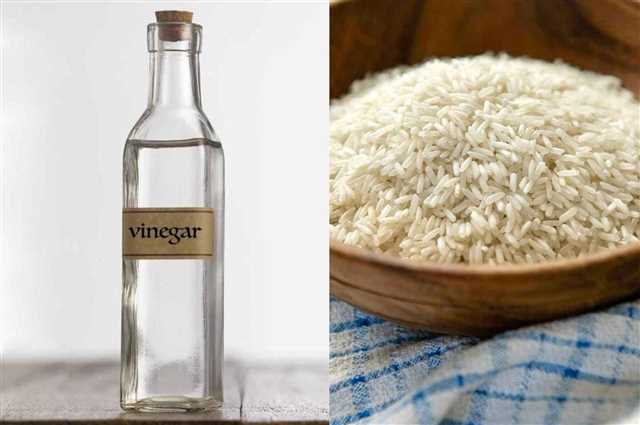
If you love spending time outdoors and going camping, then the LifeStraw Squeeze Bottle is a must-have. This innovative water bottle not only allows you to stay hydrated, but also ensures that you have access to clean and safe drinking water wherever you go.
The LifeStraw Squeeze Bottle incorporates advanced filtration technologies to remove 99.9999% of waterborne bacteria and 99.9% of waterborne protozoan parasites. This means that you can drink directly from natural water sources without the risk of getting sick.
This bottle is also incredibly easy to use. Simply fill it up with water from a lake, river, or even a tap, attach the lid with the built-in straw, and drink. The bottle comes with a stopper to prevent liquid from leaking out, making it ideal for when you’re on the move.
One of the best features of the LifeStraw Squeeze Bottle is its durability. Made from BPA-free plastic, this bottle can withstand the rigors of outdoor activities and is designed to last. It is also easy to clean, with the ability to be washed in the dishwasher or simply rinsed with water and left to dry.
If you’re concerned about the environment, you’ll be happy to know that the LifeStraw Squeeze Bottle is also eco-friendly. Its biodegradable filters can be easily replaced, ensuring minimal impact on the environment.
Whether you’re hiking, camping, or simply taking a walk in the park, the LifeStraw Squeeze Bottle is a practical and reliable companion. With its advanced filtration system, you can have peace of mind knowing that you’re drinking clean and safe water, no matter where you are.
So why wait? Get your LifeStraw Squeeze Bottle today and start enjoying the great outdoors while staying hydrated and healthy. Don’t let contaminated water ruin your adventures!
